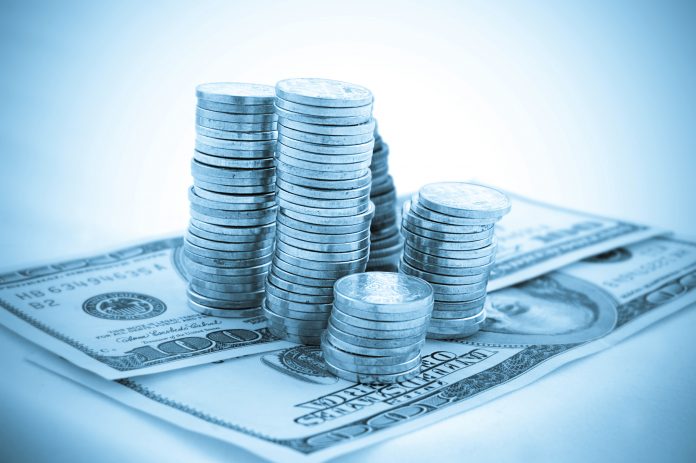The DXY Dollar index, (an index that measures the US Dollar’s value against a basket of other currencies), has seen steady gains, rising gently from 93.06 to hit 95.1, quite a comeback considering the prior moves. This may be attributable to the Fed meeting, which left some participants feeling that more interest rate rises will follow. Against the Thai Baht, the US Dollar dropped to 32.81 showing that the Thai Baht strengthened at an even faster pace during the period and indeed reached its strongest level since early 2015.
The British Pound lost steam at 1.3380 against the USD to retrace back to 1.3050 after the Bank of England raised interest rates. Of course it might be expected that the Pound would rise on this news but it seems that it was a combination of buy-on-rumor, sell-on-fact and also that there was guidance of muted activity going forward that may have sparked a slight sell off. The Pound bounced back to 1.3180 to leave it sitting in the range 1.3100 to 1.3360. Against the Thai Baht the spot rate fell from 43.90 to 43.54. Spreads at currency booths could remain higher than normal due to Brexit uncertainty.
The USD/JPY cross rate moved from 112.10 to 114.38 and has stayed at the top of the range for some considerable time, dipping to 113.50 occasionally but returning fairly rapidly. Then a fall to 111.44 occurred as the US dollar weakened. Against the Thai Baht, 1 yen was fetching as low as only 0.2876 Thai Baht, marking a multi-year low and substantially below the 0.3000 psychologically important level for the market.
The Russian Ruble weakened slightly against the US Dollar, moving between 58 and 58.8, but in general has remained rather bound in a tight range. When compared to the Thai Baht the Ruble has lost ground slightly moving from 0.575 to 0.564, giving further credence that there was an increase in value of both the US Dollar and the Thai Baht during the last month.
The Euro fell rapidly from the 118.10 level to trade at just 116.30 against the USD, arguably due to ECB announcements indicating that there would still be significant liquidity in the system, and that fiscal tightening would be more muted than expected. Further falls to 115.70 occurred and these may have marked the lower edge of a range. A return to 118.30 marked out the bottoming process, at least temporarily. There looks to be no significant drivers currently to take the Euro back to the 120 levels seen prior. Thus a range bound scenario may play out for a while with future central bank activity awaited for the next breakout. Against the Thai Baht, the Euro took quite a hit moving down from 39.44 to 38.62, which equates to a shift of around 2 per cent.









